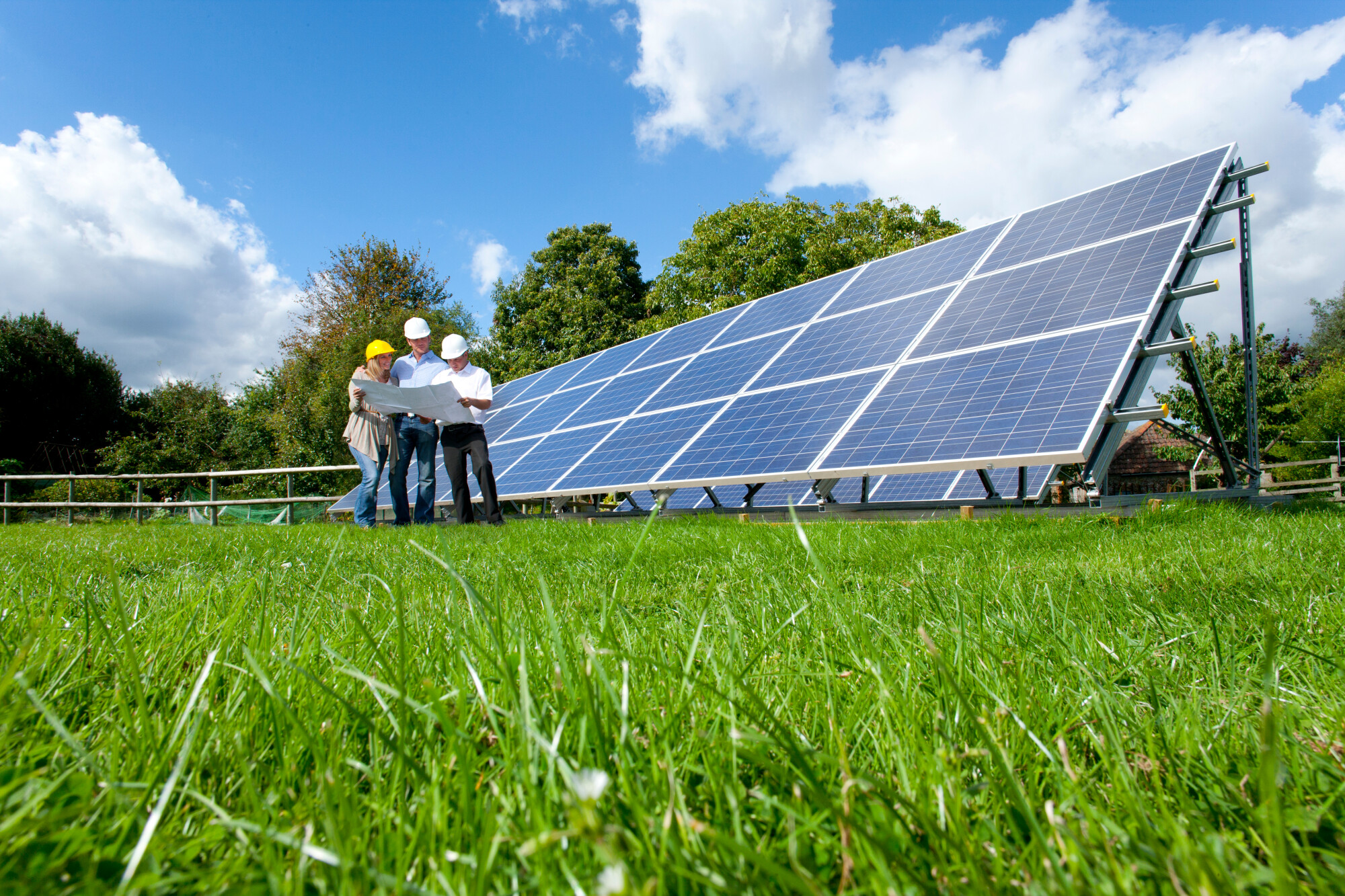Community solar presents an excellent opportunity to reduce your energy costs. It is available to all individuals, including those who rent or own condos, making it a viable alternative for those unable to install rooftop solar panels. But what exactly does community solar entail? Discover the advantages that community solar projects bring to our communities and the environment.
The Basics
You’ve probably heard of community solar before—it’s growing fast, enabling people who can’t install rooftop solar to access its benefits. People who join a community solar project can either “subscribe” to a farm and receive credits on their electricity bills or purchase a set amount of energy from the project. Most community solar projects are designed with the primary aim of saving participants money on their power bills. In contrast, green power rates (often offered through utilities) are usually developed to help the utility meet its renewable energy targets and may include a premium over non-renewable electricity sources.
Developing a community solar project begins with selecting a project site and a host—often a third party- but could also be a utility itself. The sponsor then pre-sells project units to eligible consumers in its service area. So how does community solar work? Once the project is constructed, the host delivers electricity to subscribers through virtual net metering credit on their utility bills. The subscribers also get federal and state incentives, like the Solar Investment Tax Credit (ITC), which was recently extended until 2033 and the Inflation Reduction Act of 2022.
Solar Farms
Community solar farms do not generate consumer energy, unlike homes and businesses with rooftop solar panels. Instead, they pump clean electricity into the grid, which customers (“Subscribers”) see on their utility bills. This way, community solar is accessible to everyone who pays an electric bill (including renters and co-op/condo owners). It’s also available for homeowners with shady roofs or those who want something other than the upkeep that comes with owning solar panels.
Often, these projects are started by utilities or nonprofits, but there are a growing number of community-driven community solar programs, too. The most important difference between these two is that community-driven programs are designed explicitly to bring subscribers annual savings. To achieve this, they typically have a more streamlined billing process. For example, this is called Universal Consolidated Billing (UCB). As a result, subscribers will continue to receive their regular utility bill—only now will there be an additional section or line item showcasing their solar farm credits and how much they’re saving.
Subscriptions
Community solar is an excellent alternative for homeowners who want to avoid installing their rooftop system, renting or living in multifamily housing, or having other mitigating circumstances prohibiting them from adopting solar. It also makes solar power available to businesses and nonprofits that demand their customers be environmentally conscious and for local governments that can use community solar to support their green energy goals. Most community solar projects (also called solar gardens or solar farms) offer subscription plans that allow participants to purchase the electricity generated by a portion of a solar array at a discounted rate over the utility’s retail rate. Some projects also have ownership options, but these are rare.
The electric meter tracks solar energy production once the solar farm is connected to a local utility’s power grid. It gives credit to subscribers through their monthly utility bills. The credits earned are equivalent to a discount on the subscriber’s electricity costs, thanks to state-mandated renewable energy incentives. In this way, subscribers save money, and the solar facility gets closer to its generating goal while customers gain access to clean, affordable, local power.
Purchase Plans
For those who do not want to own their community solar panels but still want to support clean energy, purchase plans allow you to do so by purchasing a portion of a larger project. Your monthly bill will then reflect the electricity your part of the project generated. Unlike other renewable energy options, such as green power rates, your share will reduce your utility bills directly. These credits are called “energy production.”
Tax Credits
Community solar allows individuals and businesses to enjoy the benefits of clean energy without installing photovoltaic panels on their roofs. Instead, they subscribe to a larger project and receive a credit on their electricity bill based on the amount of power the system produces, enabled by government incentives.
In addition to federal investment tax credits and the PTC, state-level incentives are often available. The benefits of these incentives make community solar a viable option for various stakeholders, including homeowners, businesses, local governments and specialized entities like nonprofits.
As a result, community solar programs are gaining momentum in states nationwide. In addition, several programs are designed with set-asides for low-income households to help expand solar access. Regardless of the program model, participants typically get monthly billing from their utility that displays their solar farm credits on a consolidated billed statement along with their regular power bill.



